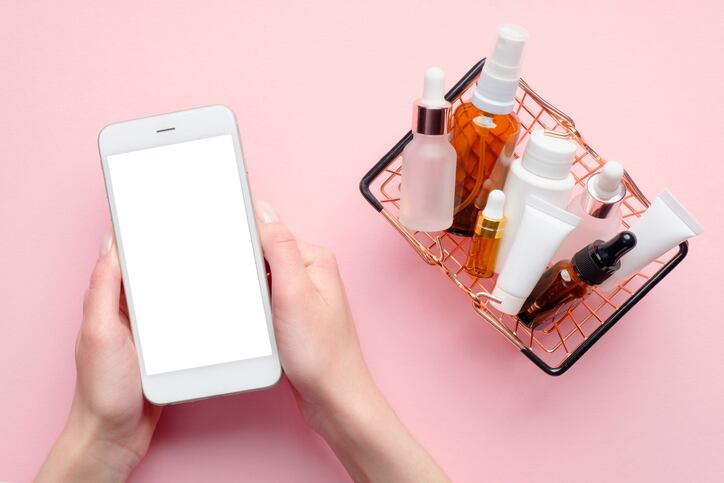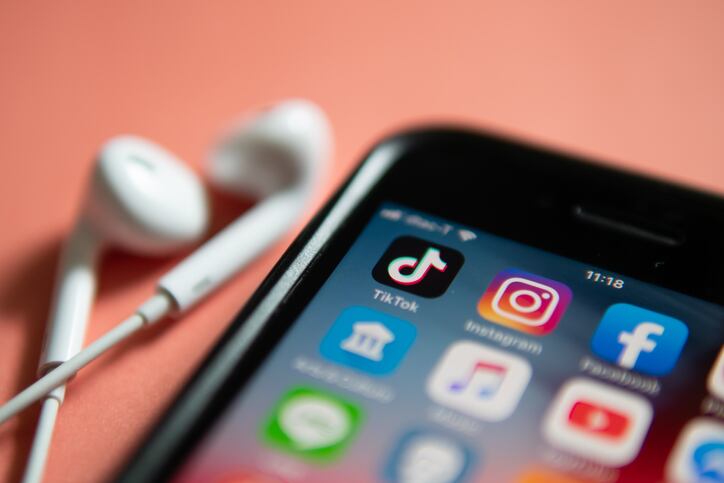Health and beauty e-commerce has soared in recent years, with online sales set to represent 16.5% of total category sales worldwide post COVID-19, according to Retail Insight – a figure set to surge further to 23.3% by 2025. And Euromonitor International data suggests 34% of beauty consumers could now be considered ‘digital shoppers’ – purchasing products online or using digital media to assist in their buying decisions.
So, how exactly had beauty brands and retailers worldwide tackled the rise of digital? And what sort of impact had COVID-19 had on this online rush?
In a recent virtual industry panel led by e-commerce and user-generated content specialist Bazaarvoice, a collection of industry professionals weighed in on this important topic.
Digital beauty impartiality, wider choice and sampling strategies
“The way we interact with beauty has completely changed,” said Carla Martini, head of onsite experience at UK online beauty retailer Feelunique.
Speaking as part of the Health & Beauty Expert Panel, Martini said today’s beauty category had moved further away from its traditional roots of department stores, big beauty houses and consultants, into an interactive online world with significant choice.
“With online, what [Feelunique is] aiming to do is try to offer that impartiality that traditionally you did not get and provide different ways and means for the customer to find the right products for them. We’re trying to remove those barriers to purchase.”
Because beauty sales had traditionally relied so heavily on touch, smell and trying on, she said Feelunique had worked hard on ways to “get the product into the hands of the consumer”.
The online retailer therefore offered samples at the digital checkout, for example, and had a ‘try me’ service where smaller sizes could be sent out with regular orders to sample ahead of opening the full-size product. Shoppers could also use Feelunique’s ‘Pick-n-Mix’ service, she said, ordering up to five different samples to test that could be fully refunded if a final purchase was made.
Adriana Shilton, strategic account director at Bazaarvoice, said whilst beauty remained a “look, touch, feel and smell” category, brands and retailers had adapted very well to online.
“I do feel beauty is fast-paced and innovative, it always has been – much more than other industries. And I think we’re seeing a lot of changes and growth that enable businesses to transition out of that ‘look and touch in person’ model into online very successfully,” Shilton said during the panel.
User-generated content power – beauty customers ‘listen to their peers’
Martini said Feelunique was also focused on user-generated content and customer reviews in its strategy of creating a more authentic and engaging digital retail space.
“It was always on our roadmap,” she said. “We realise customers value what other customers say; they’re much more likely to listen to their peers than us. So, for us, wherever possible, we’re asking: ‘how do we elevate the customer on-site feature reviews on product pages and have really great, engaging user-generated content (UGC) on the product pages? Because that’s where the traffic is being driven to.”
She said Feelunique was currently working on some “bigger projects” that would enable it to fulfil this in a broader, more automated way.
“The trend for us is really that elevation of the customer,” she said. There was scope to elevate highly engaged customers, for example, by rewarding them with samples to try, test and review independently, she said, even if that resulted in some negative product reviews.
“It just provides that sense of authenticity. If you go to a product page and everybody is talking wonderfully about that product, you’re immediately going to think there’s something not right. You need balance and perspective and we’re all different so we’re going to perceive things differently. Even a negative review can be a really positive thing.”
Shilton said this sort of focus was critical in today’s digital beauty world – “user-generated content is inherently authentic”.
But, beyond providing other shoppers valuable insight, Shilton said UGC could also be used by beauty brands and retailers to inform marketing strategies. UGC, she said, revealed how customers used certain beauty products, how health and wellness routines had perhaps changed, and gave insight into buyer journeys – all of which could be used by brands and retailers to “adapt their messaging and approach for that customer”.
“…It’s about understanding how to really capture and engage them through that shopper journey and speak to them in a way that’s authentic for today.”
Technology to engage – games, diagnostic tools and more
Considering the future of digital beauty commerce, Martini said Feelunique was committed to investing in new technologies.
“Technology is the only way to go and the technology is so much better now. We were waiting for the technology to catch up with us, and I believe that now it has.”
There were Artificial Intelligence (AI) shade-matching and skin diagnostic tools that could be linked directly to a purchase and personalised as the consumer repeated purchases, she said, and a raft of tools like online quizzes and interactive surveys that added ‘gamification’ to the digital shopping experience.
Shilton said these digital technologies certainly improved user experiences online – “elevating the shopper journey” – but again also contributed to building successful future business strategies for brands and retailers because of the data created. “If you’re traditional selling in the old world, you don’t necessarily know your consumer or a lot about them. But with these technologies, these are all producing data on your customer and it really does give brands and retailers an opportunity to better understand their customers and products.”
This had become especially important, Shilton said, as industry and consumers faced the ongoing COVID-19 crisis.
“So much of right now is about really listening to your customers and understanding everyone is going through a very unique time. …It’s the brands and retailers that understand this as an opportunity to get stickier; know your customer even better than you have before, that will prevail when we start to come out of here,” she said.


